Your West Midlands Questions answered
- Published
Ask us your questions about where you live
All week you have been using Your Questions to tell us what you have always wanted to know about the West Midlands.
You wanted to see if there were any photographs of an Alice in Wonderland inspired mural in Smethwick in 1989.
You asked about Nissen huts in Shropshire and why the Warwickshire coat of arms features a bear chained to a staff.
Here are some of the answers to your questions.

Alice's Adventures in Wonderland is a story that lasts - captivating generations since 1865. In 1989, an artist painted a new perspective on the tale across a drab wall in the West Midlands. The mural has long since faded but the memory of the scenes remains vivid for some.
Martin Woolley remembers well the fantasy played out in pastel across the railway wall, stretching from the Toll House along High Street in Smethwick. He asked us whether there were any photographs of it.
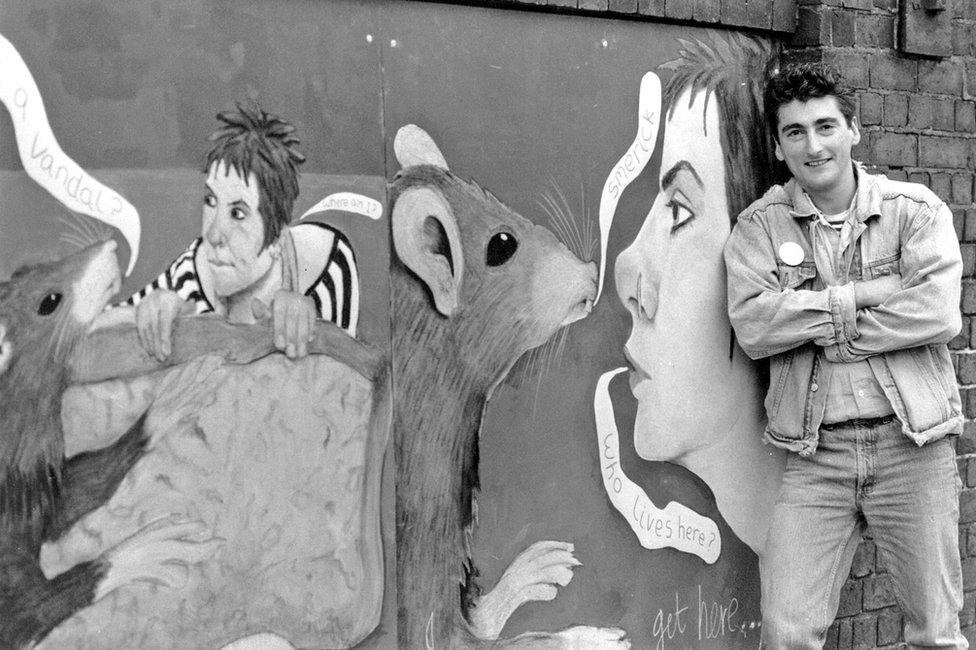
Francis Gomila's mural was called Alice in Smerick as a nod to the local pronunciation of the town's name

David Reid asked: "Why does Warwickshire have a bear chained to a staff on its coat of arms?"
Well the County Records Offices says the coat of arms, granted to the county council in 1931, is "composed of various elements" from Warwickshire's past and present.
Bears have been associated with the earls of Warwick since around the 14th Century.
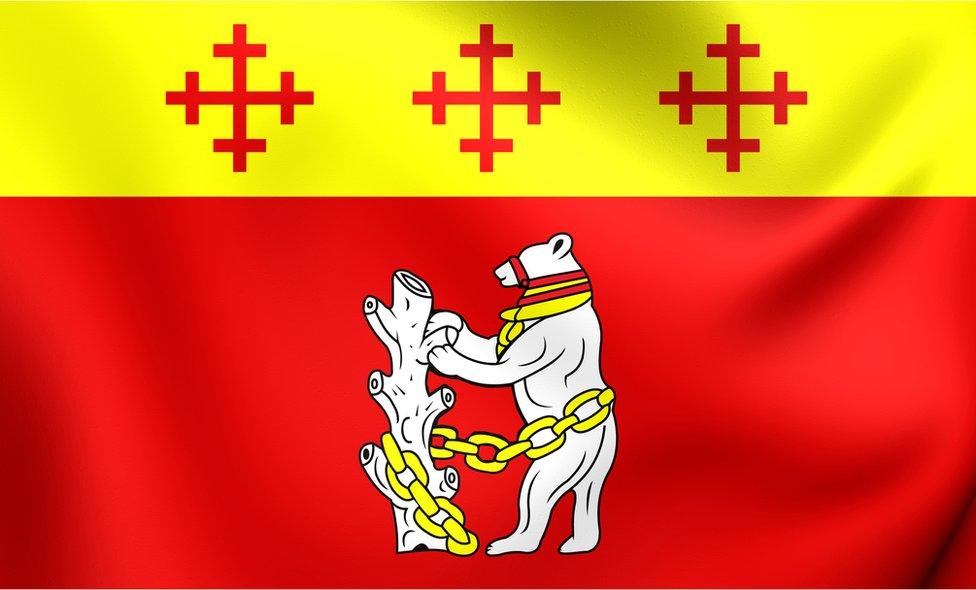
The Warwickshire flag also shows a bear chained to a staff
"William Dugdale, writing in the 1650s, said that Arthgal, an Earl of Warwick at the time of King Arthur, thought that his name came from the Welsh "artos" or bear," according to Heritage & Culture Warwickshire., external
"He also suggested that the ragged staff was chosen because Morvidus, Earl of Warwick, killed a giant with the broken branch of a tree.
"Of course, neither of these earls really existed and Dugdale was just recalling medieval legends.
"The bear was a common heraldic device and implied boldness and courage."

Last week John Cosh asked: "Do you know the history of 'The Camp', a number of tin Nissen Huts on the A5 at Limekiln Bank, St Georges?" He said he lived at the Shropshire site in 1945.
After we answered his question, Mr Cosh sent us a photograph showing him stood outside the hut with his brother and his mother.
He said: "I still have vivid memories of happy days spent in our hut and surrounding area."
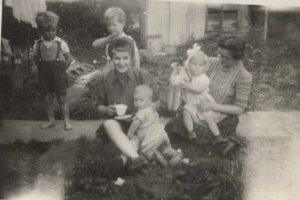
John Cosh has happy memories of his time in a Nissen hut
Local historian Phil Fairclough found a photograph of the first British family moving into an Oakengates hut after the Italian prisoners of war had left.
Mr Fairclough has spent a lot of time researching Shropshire's 18 former prisoner of war camps.
He said the only remaining Nissen huts in the county can be found at Bank Top at St Martins where they have been converted into industrial units.
Once the prisoners of war had left, some of the huts became home to European workers, brought in to help on local farms, said Mr Fairclough.
There were a number of families from the Royal Yugoslav army, who helped set up Donnington's Serbian Orthodox church, he said.
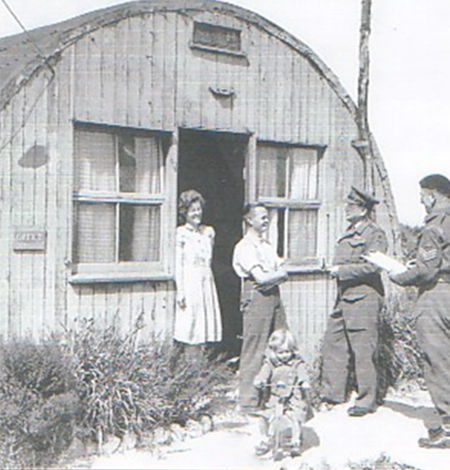
The first British family to move into a Nissen hut in Oakengates was captured on camera

Another question we received was: "What year did the library at Druids Heath open?"
Well it's been there for more than 20 years.
The team at Druids Heath Library told us it opened in 1993.

Druids Heath library in Birmingham opened in 1993
- Published26 October 2016
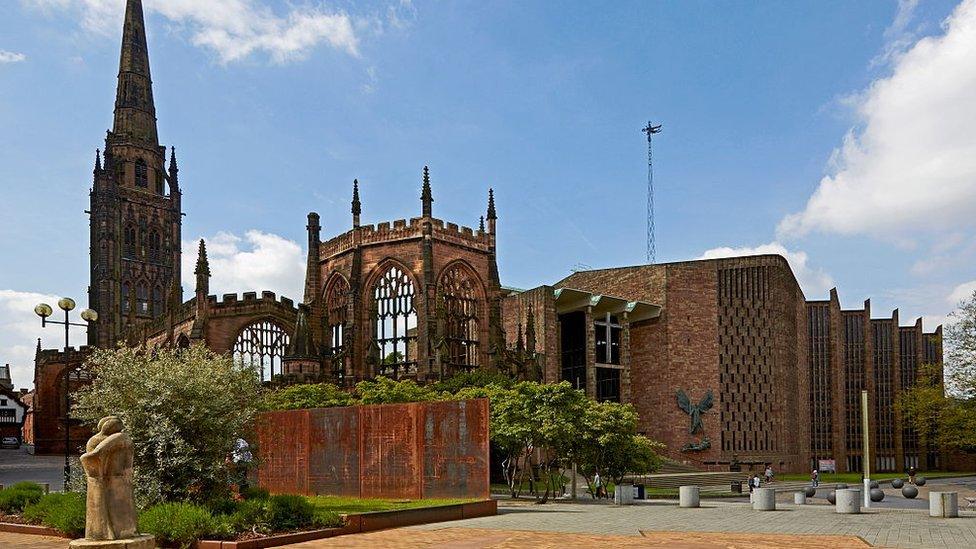
- Published24 October 2016

- Published30 September 2016
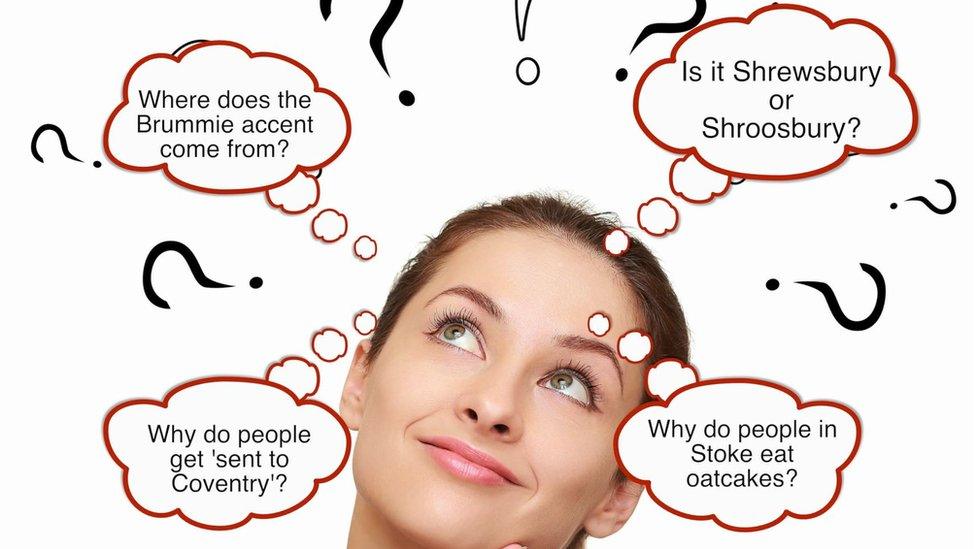
- Published7 October 2016

- Published14 October 2016

- Published21 October 2016

- Published14 October 2016

- Published11 November 2016
